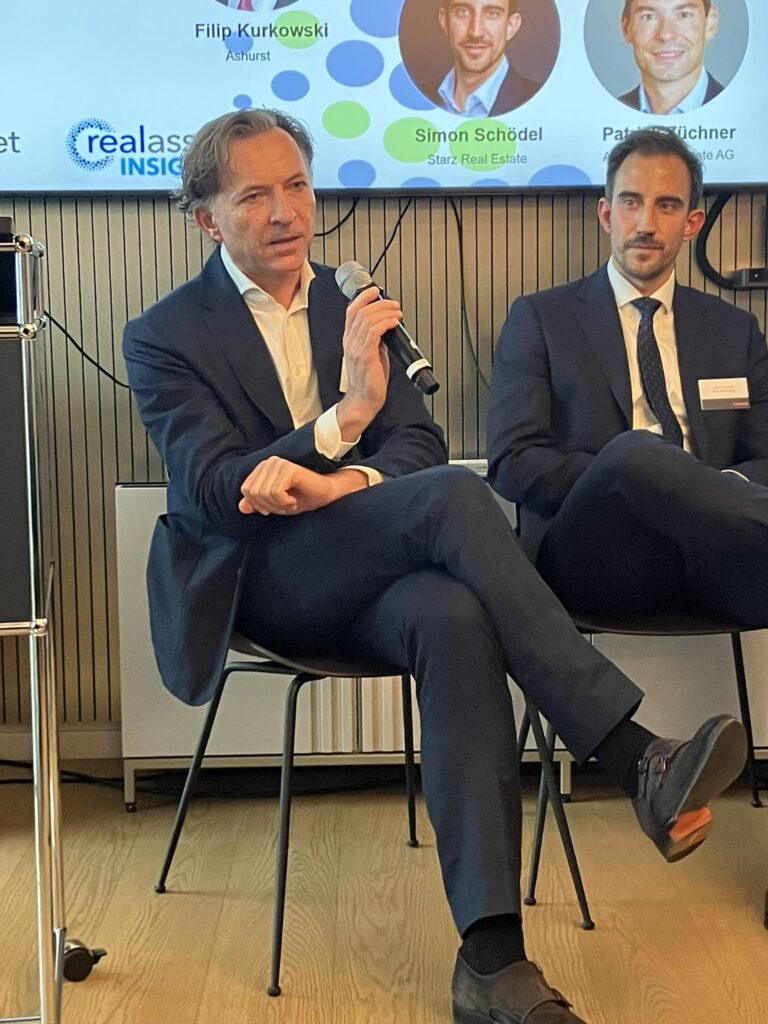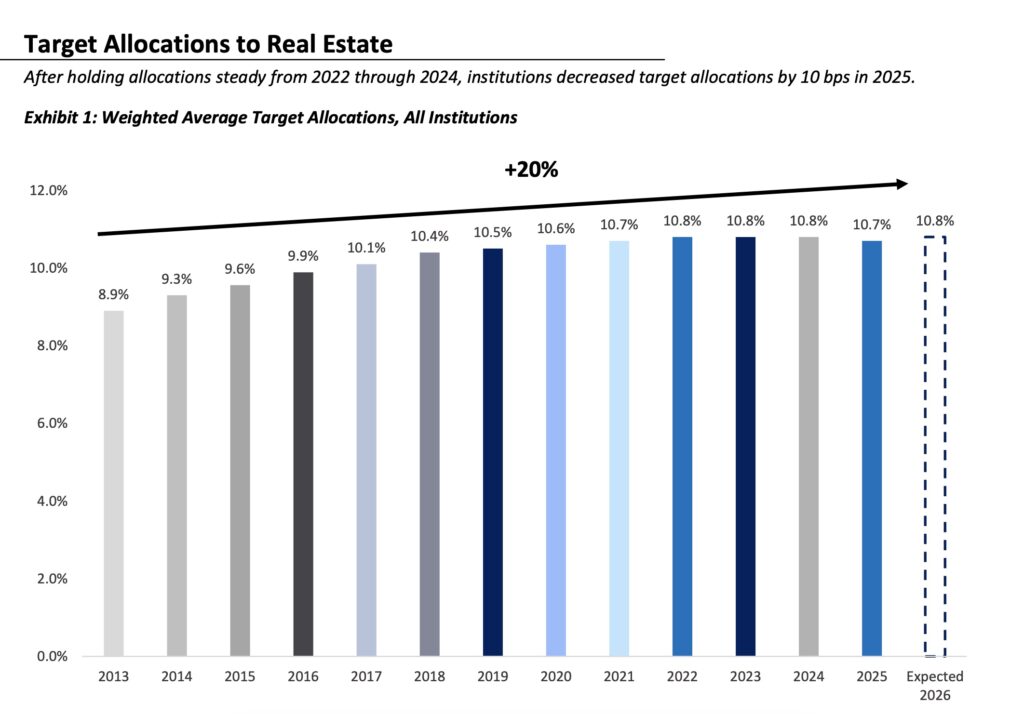Increasing competition in debt market hoping for more deals
There’s increasing competition in the market with too many players chasing too few transactions, experts agreed at Real Asset Media’s European Debt Finance & Investment briefing, which took place on Tuesday in Frankfurt, hosted by Ashurst.

“We see an increasing number of debt funds wanting to deploy a considerable amount of money in the market, but the problem is finding the right product that will allow the debt fund to get the return they need”, said Filip Kurkowski, Partner, Lawyer, Ashurst. “There’s still a mismatch between expensive money waiting to be deployed and a limited number of properties.”
There has been a shift in capital flows away from the United States and towards Europe, which is making the market more competitive.
“There is a lot of competition in the debt market, including from US players”, said Jürgen Helm, Head of European Senior Debt Originations, PGIM Real Estate. “We’re seeing interest from the Middle East, Asia and the US to invest in debt products in Europe, and there’s money for all types of lending.”
Low transaction volumes in a crowded sector means that pricing is under pressure which is “good for borrowers”, he said.

Looking ahead, “we will see more debt funds, which will help to close the financing gap”, said Kurkowski. “There will be more competition between debt funds in Germany and in Europe, which will result in better pricing for the recipients of the service.”
Europe still has to deal with geopolitical uncertainty and economic challenges, but at least the interest rate environment has stabilised.
“We can now model our cashflow accurately, which is a positive, but this year has been challenging”, said Nicole Jürgensen, Head of CREF International Clients, Münchener Hypothekenbank. “There are so many institutions chasing deals and there is a lot of competition, especially for core product which is what we focus on.”
The intense competition, including from private equity companies offering debt products, means that it is virtually impossible to find the perfect deal that ticks all the boxes, so lenders have to be flexible.
“Compromising on location or something else is the only way that we, as a core lender, can find business in this far from perfect world we have to operate in”, said Jürgensen. “We need to look for the right product and move into new sectors like data centres or even development. As traditional lenders we have a lot to get our heads around, but eventually we will provide loans to data centres too.”
The market has many parts and most investors follow the big trends, whether it’s residential or logistics or ‘new’ segments like senior housing, data centres or self-storage.
“Everyone follows the macro-trends and this is why we try to go against the grain”, said Patrick Züchner, CIO, Aukera Real Estate. “We invested in hotels when no one else did. In a competitive market, we go where there is less competition because that’s where the higher returns are.”
In the past many people made a lot of money from real estate without having to do much, but now things have changed, experts agreed: it is a people business that needs knowledge, experience and the right asset management team on the ground.
The market is set to grow even more, said Simon Schödel, Vice President, Starz Real Estate: “If you look at the underlying trends, alternative lenders dominate in the US and their share is growing in the UK, while Europe is a bit behind. But with new regulations coming in like Basel III and Basel IV traditional banks are less willing to lend, so we’ll see alternatives grow on a large scale.”
2025 has been mixed, but next year is set to be an improvement, said Kurkowski: “Everyone seems to agree we’re at the beginning of a new cycle, so there will be more transactions. The market is developing and established players will do well. After a couple of not-so-bright years, I see a brighter future for the market in 2026.”



